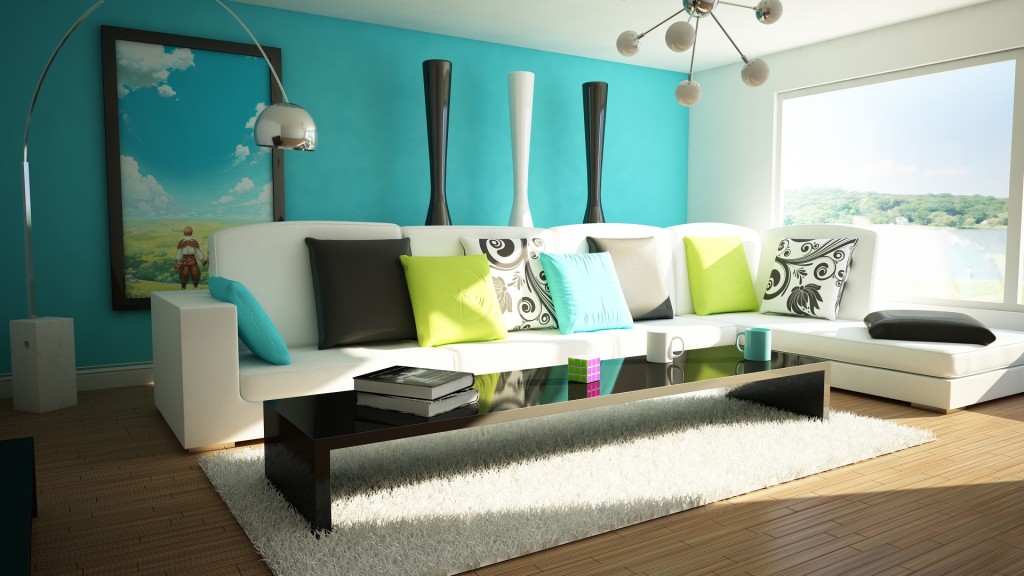There’s no doubt that color could really affect our emotions in the long run. Colors are different representations of visible light and light is energy. Colors can create the feeling of coolness and warmth, as well as increasing appetite, stimulating, depressing and tranquilizing us. This phenomenon s called Chromodynamics. Although we could only clearly a few dozen colors in the environment, our eyes could actually distinguish up to seven million colors. Color combinations could create unique effects; some combinations could make us feel better, while other may wreak havoc with our emotions and vision. The proper use of colors in our interior should relax our body, minimize visual fatigue and maximize productivity.
- White: Scientifically speaking, white isn’t color. It is actually a combination of all colors and paradoxically, it’s a lack of color. Any interior design would tell us that white is one of the most essential colors. It symbolizes serenity, innocence and purity. It also symbolizes sterility and cleanliness. When used for home interior, it can create highlights and a sense of contrast. Unfortunately, white is also often considered bland and cold, so we should consider adding some tints and hues.
- Grey: Grey is also considered non-colors, but it is a favourite for many interior designer. However, grey can bring a sense of sadness, depression and loss when used improperly. Gray is actually a timeless classic and with appropriate usages, people could sense wisdom, knowledge and intellect in a gray-dominated room. Fortunately grey is also a great neutral and it should mix really well with different colors.
- Black: Again, black is one of the non-colors. Depending on how we use black in our interior, it could enhance the sense of sophistication and formality, but also mourning, death, evil and mysteriousness. It can work quite overpoweringly inside our home. Black is a neutral color for many accessories and clothing.
- Red: Red could stimulate energy and signify strong emotions, such as anger, hate and love. Some of the infamous symbols are represented with red colors, such as fire hydrants and stop signs. Studies have also shown that the color red could raise our blood pressure and people could take more risks than they normally take if their environment is dominated with red color.
- Pink: Pink is often associated with romance and love. It has an overall calming effect for particularly aggressive individual. So, people who have problems controlling their temper could add some pink elements in their house.
Regardless of what color we use, it is important to know what the effect of colors to our wellbeing and health. Emotions is triggered by chemicals known as peptides and when they are released into our bloodstream; many cells in our body receive them. Eventually, we could be somewhat addicted to specific emotions and that’s the reason people seek to find a sense of joy or sophistication through colors and other elements. Colors can trigger the production of peptides, depending on our personal preferences.

